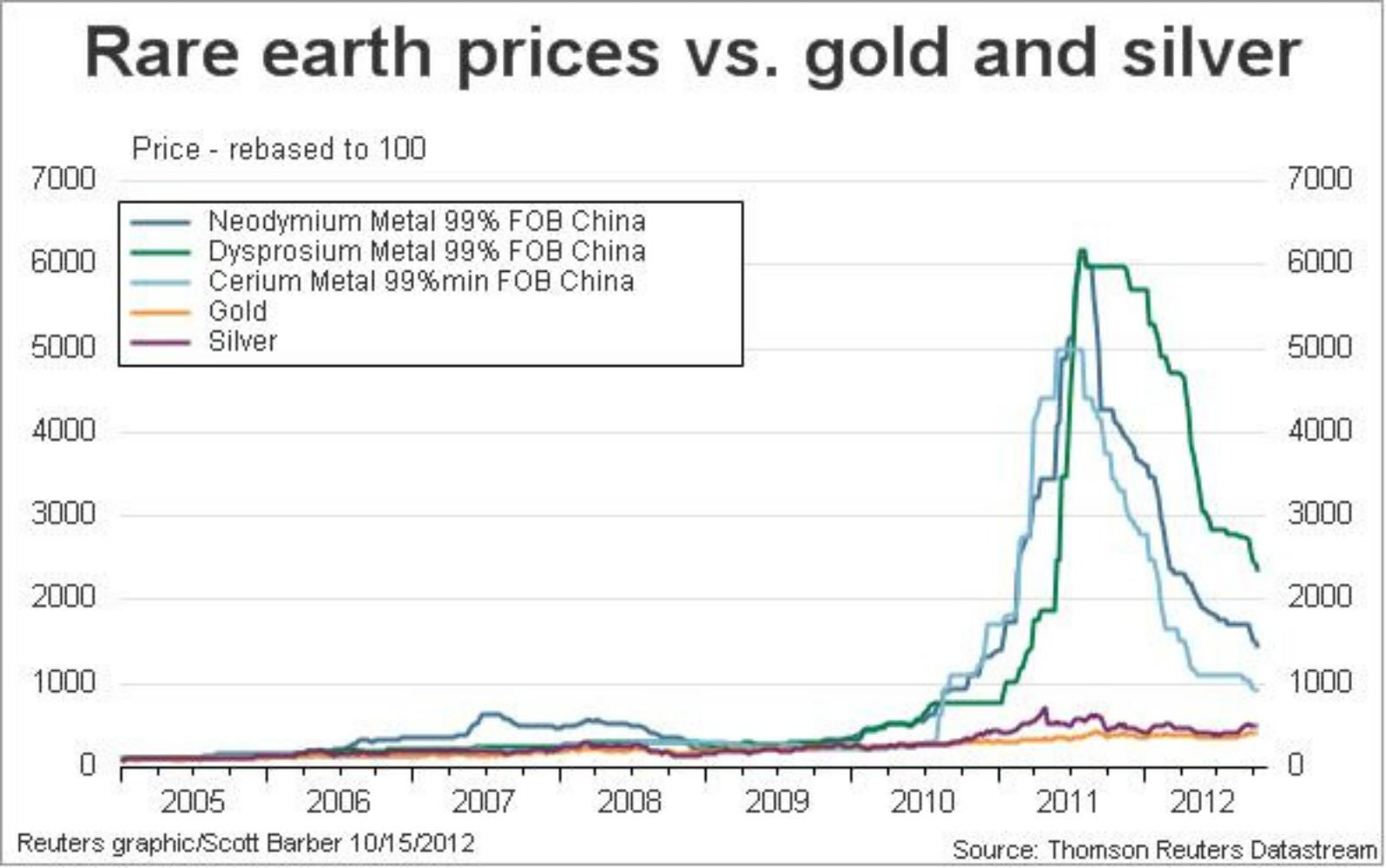Here’s the one metric that proves China and Japan aren’t really fighting
Japan and China may be much less at odds than it has seemed by their mutual threats. To see why, go back to 2010, when a Chinese fisherman named Zhang Qixiong rammed a Japanese naval vessel in the East China Sea, triggering an international incident. In the subsequent days, Beijing retaliated by clamping an embargo on Japan’s access to rare-earth elements, the 17 metals that are crucial in big-screen TVs, wind turbines, and batteries. China controls 98% of the global rare earths supply, and by cutting Japan off, it showed that it was prepared to strike at the jugular of Japan’s economy over an arguably trifling affair. In the last couple of months, the re-ignition of a dispute over the Senkaku/Diaoyu islands has provoked naval drills, a Chinese boycott of the recent IMF meeting in Tokyo, a plunge in Asia’s most lucrative trade relationship, and other general boisterousness.

Japan and China may be much less at odds than it has seemed by their mutual threats. To see why, go back to 2010, when a Chinese fisherman named Zhang Qixiong rammed a Japanese naval vessel in the East China Sea, triggering an international incident. In the subsequent days, Beijing retaliated by clamping an embargo on Japan’s access to rare-earth elements, the 17 metals that are crucial in big-screen TVs, wind turbines, and batteries. China controls 98% of the global rare earths supply, and by cutting Japan off, it showed that it was prepared to strike at the jugular of Japan’s economy over an arguably trifling affair. In the last couple of months, the re-ignition of a dispute over the Senkaku/Diaoyu islands has provoked naval drills, a Chinese boycott of the recent IMF meeting in Tokyo, a plunge in Asia’s most lucrative trade relationship, and other general boisterousness.
But what has been missed amid the noise is that by a key metric the two Asian giants are actually calming down, and are more or less back to normal. And it has again to do with rare earths.
Look at the chart above, compiled by Reuters. One thing you notice is that the prices of key rare earths were already rising before the September 2010 boating collision. The other is that prices now are right about where they were prior to it.
Have the two countries found other channels to express their longstanding enmity? Yes they have. But the rare-earths gauge shows that they have more or less stopped rattling sabers in spheres that truly matter. They are mostly just talking—at a high decibel level, but talking—and not threatening anything of core economic value.